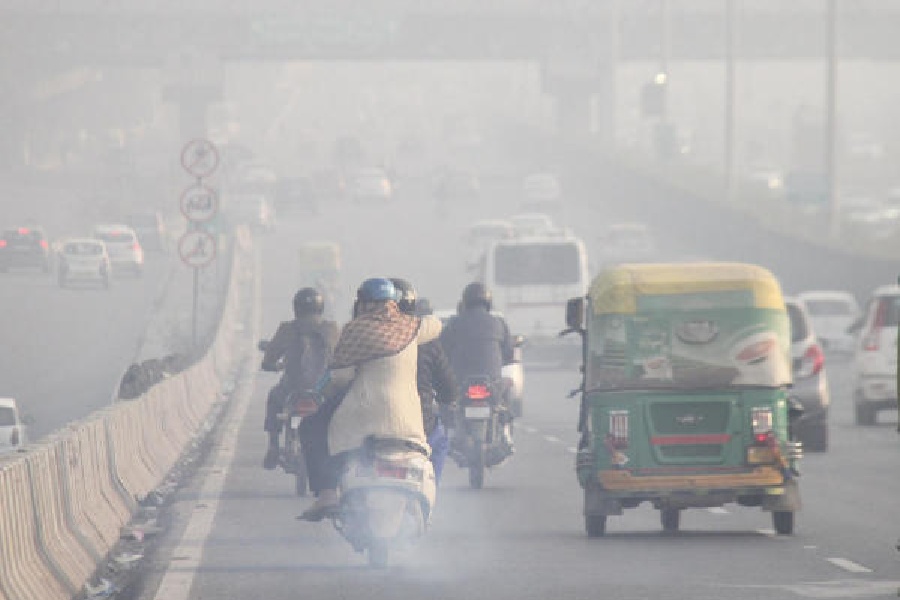Air pollution over the national capital region and possibly other large cities may be worse than previously estimated, with atmospheric water vapour leading to underestimations of tiny pollutant particles by up to 20 per cent, a new study
has suggested.
The study has found that atmospheric water vapour over Delhi causes fine particulate matter (PM) to swell, reducing the efficiency of pollution sampling devices. The greatest underestimations are likely during winter mornings when the humidity is high and pollution most severe.
The national capital has gained infamy for its extreme air pollution with concentrations of PM 2.5 microns at times exceeding 20 times the permissible levels. Last year, a 10-city study had estimated 12,000 premature deaths in Delhi yearly attributed to unhealthy air.
Now, atmospheric scientist Ying Chen at the University of Birmingham in the UK has generated the first estimates for how water vapour leads to underestimations of PM pollution, showing an exponential rise in the underestimation with increasing humidity.
“This study highlights the true extent of air pollution over Delhi,” said Chen, assistant professor in the school of geography, earth and environmental sciences in Birmingham. Air quality assessments should factor the impact of humidity and the potential for underestimation.
His study, published in the research journal npj Clean Air on Wednesday, has suggested that when relative humidity increases from 65 per cent to 90 per cent, the underestimation of PM pollution rises exponentially from 2 per cent to 20 per cent.
Chen has attributed the unusually high humidity over the national capital region to a compound called ammonium chloride, which, he said, appears to be “uniquely high over Delhi”. Ammonium chloride is a component of the pollutants classified as PM and comes primarily from biomass and waste burning and emissions from residential sources.
“It is possible other cities in India are also impacted by humidity in a similar manner, but we’ll need observations to determine that,” Chen told The Telegraph. “We don’t have observations from other Indian cities yet. We’ll need more local observations of detailed PM chemistry and size distribution.”
Chen said he would be happy to collaborate with Indian researchers interested in probing this aspect of air pollution in other cities. The study suggests that controlling emissions that contain the ammonium chloride particles could effectively improve air quality and lower the underestimation bias.
His study has shown that the impact of humidity varies across seasons. The greatest underestimations of up to 20 per cent occur during winter mornings when humidity levels can rise to 90 per cent. The air pollution measurements during spring mornings could be underestimated by about 8 per cent when the humidity levels can reach 80 per cent.
But rainfall washes out PM and despite a typical humidity level of 85 per cent during monsoon, the washout will lead to minimal underestimation. The driest season where humidity ranges between 28 per cent and 50 per cent will have negligible underestimations.











